Buzz Magazine, Pictrance, and Hypnosis, with Artist George Guarino
Written by Deborah Bump on April 28, 2019
In the mid’80’s, BUZZ MAGAZINE graced the counters of local establishments, fostering the local arts/music scene alongside national acts. Musicians anticipated their photos and reviews, while nascent writers looked for bylines. Real George’s Back Room was the companion animal to Buzz, a widely viewed cable access show, on the same premise. Several episodes have recently found their way onto YouTube. The man behind the subcultural magic, George Guarino, eventually transitioned to another career path. A licensed hypnotist, he is particularly passionate about a self branded trance technique, called “Pictrance”, which incorporates art into the hypnotic process. I met with George recently at one of his office locations, to learn of the segue from the world of the sub cultural, to that of the seemingly mysterious subconscious.
RRX: You recently uploaded episodes of Real George’s Back Room onto YouTube. What inspired this?
GEORGE: People had been asking me about it for a long time, and part of my inspiration, was that you had made a comment, on one of my Facebook pages. You asked if I still had old Buzzes, talking about the old days. Other people had been wanting to see some episodes; it was the day or two, of that big snowstorm. I made an effort that day, to lock myself up, and put a few episodes online.
RRX: I think people are going to be really happy to see them!
GEORGE: Particularly the people that are in these bands; I did think of myself as documenting these times. I really felt like somehow we wanted to put Albany on the map, that there was something special happening here.
RRX: I’d say you did just that.
GEORGE: At least it’s documented. I really thought it was going to go further, but it has to do with the people and bands that were here.
RRX: What year did Real George’s Back Room take off?
GEORGE: I got a camcorder in the middle of ’81, then learned about the public access channels in Rensselaer, and Schenectady. I was interested in bands, and was in bands with my brothers. I really loved Fear of Strangers, I admired them. I really wanted to be a part of this in some way. So by videotaping them, I felt like I was helping in some way, that I could be part of their world. That was the genesis of the television show. It was really out of wanting to have a place within this focus of music, particularly original music, in the Albany area.
RRX: Where was it shown, what areas?
GEORGE: I would produce my show through Schenectady Public Access, then take it physically to the facility in Albany, then Rensselaer; basically those three areas.
RX: It was quite popular, I remember.
GEORGE: I liked that it was coming into people’s homes; cable had just started. ’81 was when MTV started, my show came about then as well. The interesting thing was, once people finally made videos for MTV, there wasn’t a lot of other places to play them. I would let people know that Albany has a place to play their videos, and if you watched the shows, you would see that I have videos that weren’t played in a lot of other places, plus the normal ones you would see, like Michael Jackson, which I didn’t put on my show.
RRX: How long did Real George’s Back Room run for?
GEORGE: The show was on from the end of ’81, to about ’95.
RRX: So Buzz Magazine came after Real George’s Back Room?
GEORGE: The first versions of it were just one piece of paper folded in half, that I mailed to publicize the t.v. show; this morphed into a few pieces of paper stapled together, like a booklet. 1985 is when I had the firsts news print.
RRX: So the original ones are probably collectible!
GEORGE: People contact me once in awhile; people who were in the bands. To them, it’s very valuable. Some have passed away, and there are people who have had kids. I want to get the shows out while people are still alive and care about it to some degree. I wish I had done it sooner, because people have passed away. The two that I think about are Billy Harrigan, from Operation Pluto, and The Dronez. Also Shaq, from The Outpatients. Some of the shows I have up now, one at The Chateau, have Shaq in them.
RRX: Real George’s Back Room was just a little before my time. The first video I ever saw on the show was “Stigmata”.
GEORGE: Stigmata! Oh yes, Ministry! (Laughs)
RRX: I was amazed, it was when I realized there was a completely different world of music out there!
GEORGE: In the beginning, there weren’t a lot of music videos, because MTV was the only place to play them. Network television didn’t. There was three channels, and public television. I would have shows weekly. The nice thing about cable, is you could have the same show run repeatedly. The thing I liked about cable, when it first came out, I was equal to NBC, CBS, and ABC. When you flipped through the cable box, I think in the Albany area, it was in a pretty low number, I think it was number two, or one, so you couldn’t miss it, you had to go through it; and some of the tapes I was showing were very subversive in a certain way, just sliding right in.
RRX: So, people were like what the heck is THIS?
GEORGE: What the heck is this, yeah! (laughs)
RRX: Catching a glimpse of that Ministry video, wow!
GEORGE: Yes, I loved it! On YouTube today, there’s so much out there, it’s on overload. But back then you were equal to these other channels. Not that the production quality was equal to it, but the possibility of someone running across it, having to consider it a moment was right in your face.
RRX: So cable access was quite the creative outlet.
GEORGE: It took a lot of effort. I was interested in the production part of it, getting it on. My job was finding people to do the interviews.
RRX: Like Mike Eck! I saw him on one of the Youtube videos.
GEORGE: In the beginning, my brother Gene was great about doing interviews. We got to meet people like Martha from The Motels, George Thorogood, people we admired locally; Blotto, Fear of Strangers. There was a club in Renssalaer, Hulabaloo; We did a lot of things there, they seemed most inviting.
RRX: You also D.J.’d as well. How did this come about?
GEORGE: WRPI in Troy was looking for local people to do spots after students went home. I did a show about local music. Someone from 288 Lark Street called WRPI, asking if anybody wanted to d.j. I wrote down the message and put it on the bulletin board. It was still there next week, so I took the note down. They wanted someone on Saturday. I went there on Friday, and John Hamilton from WQBK was spinning records. He showed me a little bit about how to do it. Saturday I did my thing, bringing records I had. I remember bringing my video stuff; I always thought of it being a multi-visual experience. Dave and Char, (Shortsleeve) were the managers then, and were very responsive. It was an incredible scene. That’s what made it seem like something could really happen in Albany; NYC had The Mud Club, The Kitchen, etc; this was our version up in Albany.
RRX: Is there any particularly memorable events or stories you remember?
GEORGE: For me, it was just saying “yes”, taking that note. The idea that this offer came in, nobody at RPI responded. Just learning to do it on the fly. It was an incredible scene! I remember the whole second floor being completely packed with people. You couldn’t get up or down the stairs! The whole thing was to be playing music; my strategy was to play two songs that people would recognize, then one they wouldn’t, something just off the wall, not too long, not too little, so you really can’t escape, ‘cos you can’t get down the stairs! (laughs.) Or by the time the song ended, you were just barely down the stairs.
RRX: What would you play, for example?
GEORGE: Dead Kennedy’s, something like that. Then maybe Spandau Ballet. You were supposed to get people to dance. You were also meeting people from bands. This would be their day to just kind of hang out. They didn’t make much money when bands played, mostly when d.j’s brought them. With 288 you needed that mix. They didn’t want just a dance club, but a place where people could perform, too. Live music would happen weekdays. Weekends, would be the d.j’s. Eventually they asked me to do Fridays, then Mondays. Then they wanted me to design something for Sunday. These people wanted to do “noise music”, cacophonous sounds made with metal sheets and barrels. It doesn’t encourage a dance crowd, but it was performance art. I came from an art background, and saw this whole thing as an art experience; it’s certainly not anything you’re going to make money with, but it’s an experience.
RRX: You d.j’d at QE2 after, as well.
GEORGE: Yeah, Dave and Char got QE2 off the ground in ’86, and that’s where the scene moved. I started doing Saturdays.
RRX: How did you segue from documenting sub cultural music to being a hypnotist?
GEORGE: After QE2, I was still doing Buzz. The t.v. show was fading. I was changing, in my life. I still enjoyed doing the magazine, but also, I was beholden to advertisers. Buzz Magazine went on until ’95. There was a person that lived near me, with a license plate that said “trance”. Then he changed it to “hypno”. I didn’t really know him, but just said “What’s this thing about hypno?” and he said “Bring over a pizza and some Pepsi, and I’ll tell you about it!” So I brought up the Pepsi and pizza, and at a certain point, he said “Do you want to do a session?”Just like anybody who knows nothing about hypnosis, I was like well, I don’t want to be out of control; I don’t want to be hypnotized. But he was so nice about telling me about it. I just know that, as I’m on the couch, he talked to me, that’s all he was doing. I don’t remember a thing about the process, but I do know at the very end he said “You’re going to be a fantastic hypnotist, just like”… and rattled off a few names. From that point forward, I started talking about what hypnosis might be. I didn’t know you could even learn it. I went to a National Guild of Hypnotists convention, and there were the authors of these books I’d read, and for me, it was like seeing rock stars! There were doctors, and psychics; and you began to realize there was a lot going on in hypnosis that the general public doesn’t know about. I became certified through The NGH. It’s my passion, and I realize how integrated it is in the world, with life, communications, marketing, business; it’s part of our existence. I call it hypnosis, other people call it a billboard, or, commercial; it comes down to suggestion, causing people to move in a meaningful way.
RRX: Like, “Eat this new mushroom Swiss burger!”
GEORGE: They know how to connect it with feelings, people are always moved by feelings first, then you justify that with conscious level types of things. Feelings motivate us, they need to be satisfied,. Sometimes it butts up against things that we don’t want to be doing, and that’s where hypnotists can help somebody.
RRX: Like overeating…
GEORGE: Yeah, the obvious ones, like smoking, unnecessary fears, etc.; I want people to move forward.
RRX: So what is “Pictrance “?
GEORGE: My interest right now, is connecting people with images. Pictrance uses a picture beyond a focal point, going beyond the piece, toward what they wish to accomplish, bringing them back to where they were in the seat, before the picture; conditioning them into the picture; so that any time they see, remember, or just know that it exists in the world, they will continue toward accomplishing goals. You’re using the picture as a focal point for this process. That’s Pictrance.
RRX: You use your pieces for the Pictrance process, correct?
GEORGE: I went to school for photography; I have done painting, sculptural, drawing type of things. I collect images I take, abstract them. Some things are recognizable-trees, clouds, symbols, e.g., but for me, they’re abstracted. They’re set in motion, it’s a suggestion. I’m making these pieces with hypnosis in mind. My interest is focusing somebody’s attention toward the piece, allowing them to have a meaningful experience. That is what you do with hypnosis. When looking at a photograph, you try to decide “what was that?” With a painting you’re like, “Oh what is it trying to be?” Somebody’s putting color down on canvas. With photographs, we know it came from something. Internally, we’re always trying to make sense, asking, “What was that?” My job it to get them to the point where they just accept it. With hypnosis, when the person comes into the room, their analytical mind is trying to make meaning of what we’re doing. At a certain point, they just participate, go with the flow. Same thing with a picture, is to get them to the point of “it is what it is”, and then use suggestion to cause it to be helpful, or just enjoy it for what it is. With all my pictures, I don’t care whether you like it or not, I just want people to be inspired to want to consider them.
RRX: I remember a conversation several years back, when you were talking about hypnotizing artists; this is different than Pictrance, correct?
GEORGE: Yes, Pictrance is a particular process. I have worked with artists to spark creativity, to connect with how they want to make art pieces. There was a woman named Meghan Murphy- we met once a month in her apartment. I would hypnotize a group of people, and they would go off to make art pieces. Then she said “Why don’t you bring stuff to make art with?” So I brought some stuff there, and I would do the hypnosis with them as well.
RX: Oh, that must have been fun!
GEORGE: I did videotape these processes. some day I gotta pull those out. She moved, and lost interest. It was a great couple of years.
RRXthink It’s great George, you moved onto another phase with the art..
GEORGE: I love it! I think ultimately, of the pieces as hypnosis, or using them as hypnosis; they’re a focus point. But believe me, you don’t have to use my pieces for focus points. It’s just that my pieces were made for that purpose, I’m not doing it on purpose; it just happens.
George Guarino’s work can be viewed at the following locations:
Uncommon Grounds, 24 Clifton Country Rd.
Clifton Park
PH Gallery, 455 Broadway, Troy
Through May 31st
Uncommon Grounds, 1235 Western Ave., Albany
May 13/June14
Hudson Underground, 124 Warren St., Hudson
Featuring the Hypnosis/Pictrance Process
June 15th
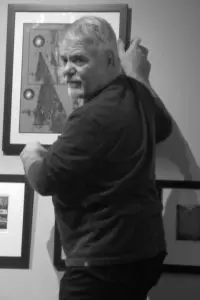


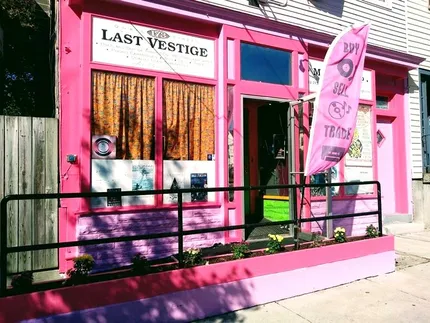
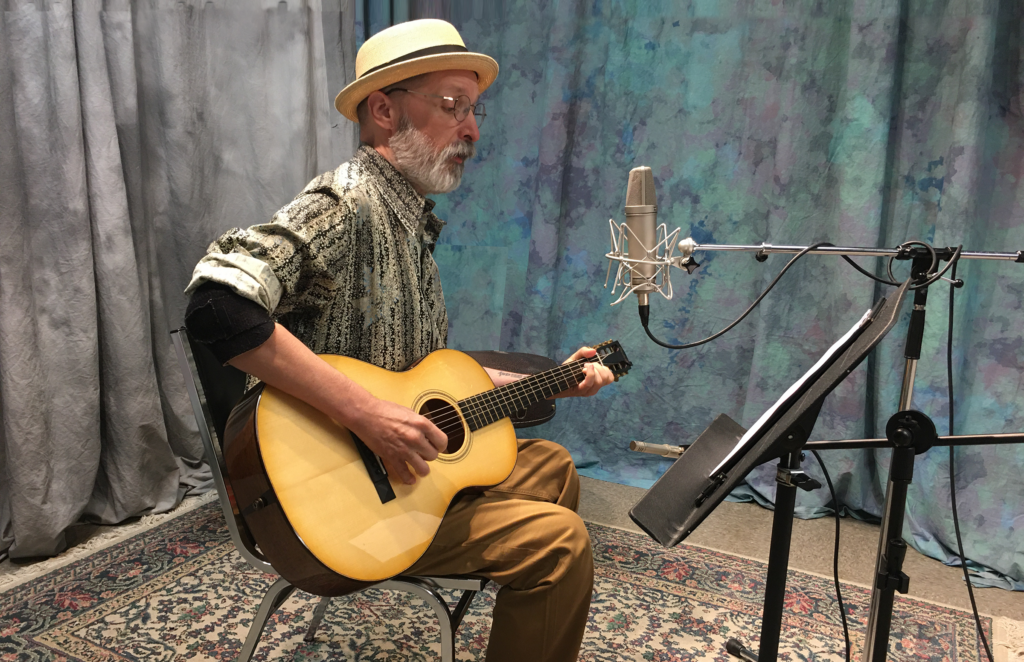
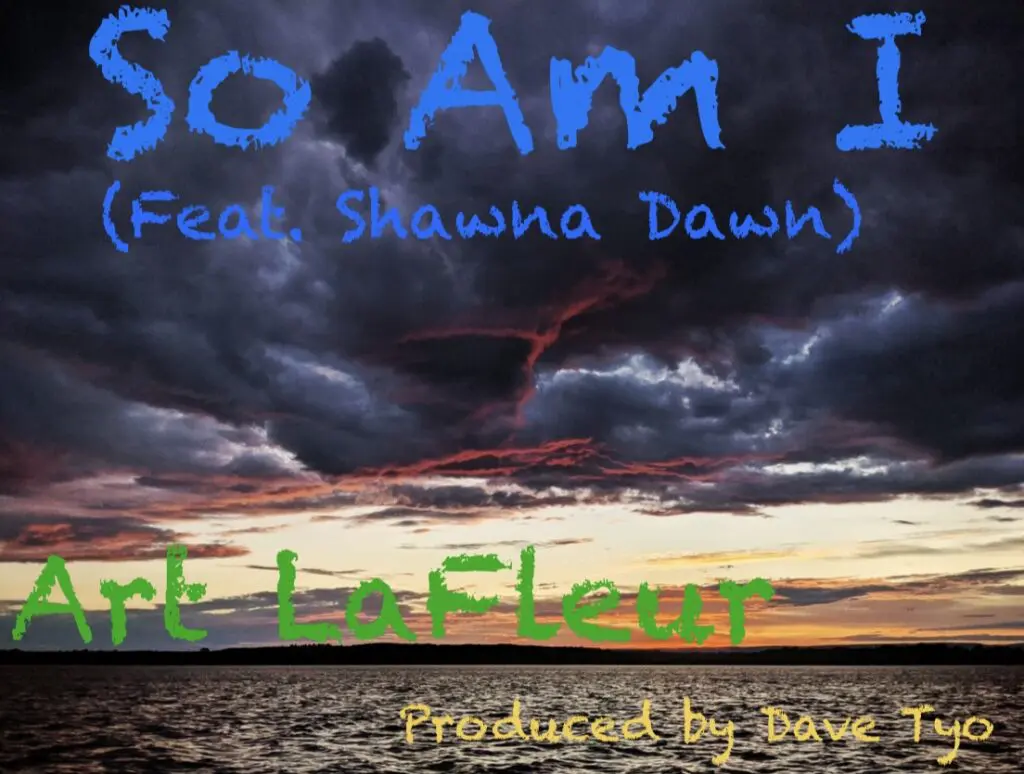
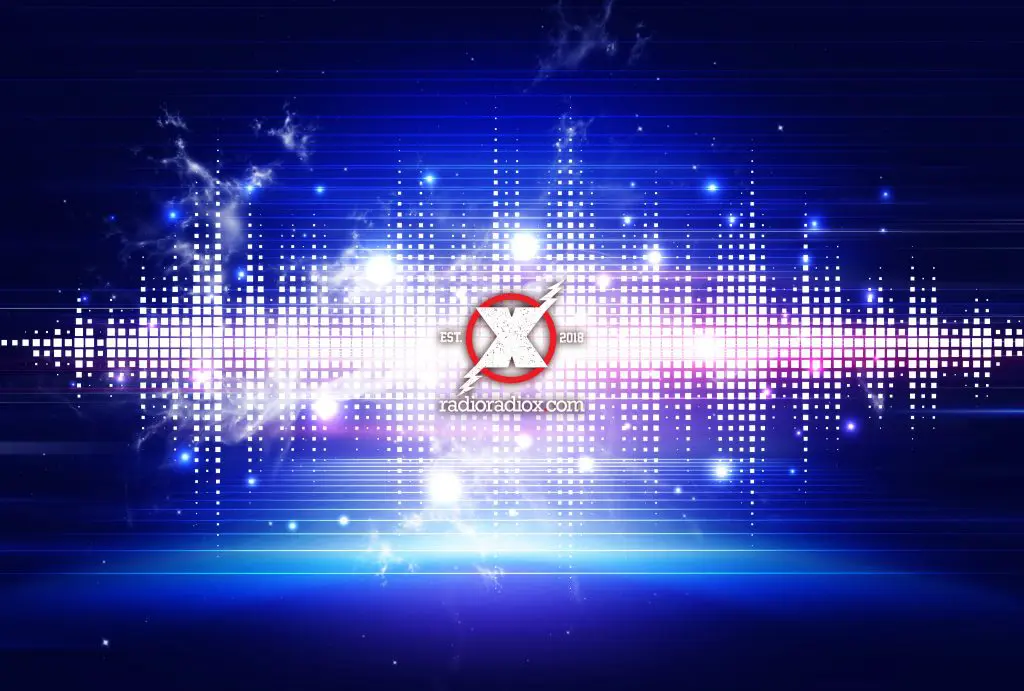
 RadioRadioX
RadioRadioX